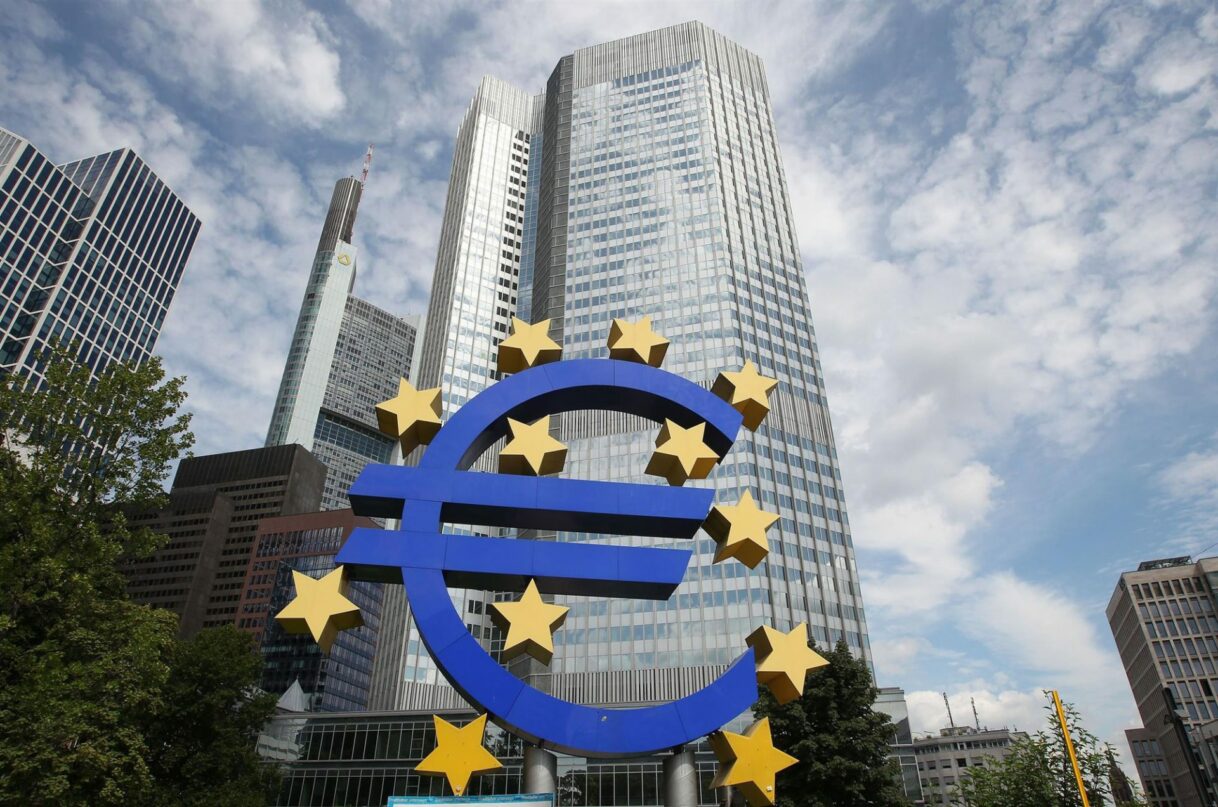Paying institutions to lend is novel, even for policymakers used to rolling out shock-and-awe plans
Central bankers were once celebrated as the miracle workers of the global economy, but many people wonder whether they have lost their magic powers. Central banks’ efforts to save the global financial system from collapse might have worked but, despite ultra loose monetary policy, growth and inflation remain weak and in the eurozone unemployment remains painfully high. Yesterday, the European Central Bank set out to dispel the doubts about its potency, with a set of measures aimed at helping ordinary businesses and consumers as much as markets. The ECB’s big idea to silence the doubters is an auction of their cash that will, if it works, in effect involve central bankers paying banks to lend to businesses and households. Policymakers are praying these auctions, dubbed Targeted Longer-Term Refinancing Operations, or TLTROs, will finally produce the meaningful recovery that the single currency area craves. “The ECB has designed its suite of measures to have the most impact on activity,” said Karen Ward, chief European economist at HSBC Investment Bank. “[It] has changed the emphasis of its actions from depressing the exchange rate and relying on external demand and higher import prices to trying to fuel the domestic recovery by nurturing the banks to support credit growth.” Mario Draghi, ECB president, hopes the package will quash any scepticism that central banks can only boost asset prices with limited benefit for the wider economy. The ECB now had a package that would “exploit the synergies” between asset purchases and ultra-low interest rates, and the new auctions. He added that the new measures were “favouring pass-through from the banking system to the real economy”. While the ECB beat expectations by ratcheting up its monthly bond buying under quantitative easing by €20bn to €80bn, markets were downbeat, possibly because Mr Draghi became the latest central banker to express doubts about just how low interest rates could go. Hints the ECB did not anticipate further rate cuts — at least for now — sent the euro higher and stocks lower. Another round of downgrades to the central bank’s staff projection underlined why the ECB decided to change tack and focus on boosting lending to the economy instead. In its latest quarterly forecasts, the ECB said it expected inflation of just 0.1 per cent this year. If the estimate is right, 2016 will be the third year in a row that inflation in the eurozone has registered less than half the ECB’s target of just below 2 per cent. Inflation would remain below target at least until 2018, coming in at 1.3 per cent in 2017 and 1.6 per cent in the following year. The eurozone’s economy would grow by 1.4 per cent this year — hardly the sort of level that will produce a jobs boom, and by 1.7 per cent and 1.8 per cent in 2017 and 2018 respectively. The idea of the auctions was presented by officials this morning and the package was supported by all bar four of the 25 member governing council in what Mr Draghi described as “a very reassuring discussion”. Under the ECB’s system of rotation only two dissenters had votes this month. The big question is whether banks, businesses and households will bite. The ECB will hold four auctions — one a quarter from June 2016 to March 2017. Banks can bid for cash of the value of as much as 30 per cent of their loan book. At most, they pay nothing on the four-year loans, which they will not have to pay back until 2020 at the earliest. But if the banks lend more, then the ECB will pay them up to 0.4 per cent interest on the lenders’ loans with the central bank. Paying private banks to lend is novel, even for a generation of monetary policymakers used to rolling out shock-and-awe measures. Yet earlier designs of the TLTRO were touted as game changers and in the end proved much less effective than ECB hoped. In a region drained of confidence, businesses and households might not want to borrow. Or banks could use the funds to invest in financial markets instead of expanding their loan books, pumping up asset prices but leaving the eurozone economy flat. “While [the new TLTRO] is clearly groundbreaking, it remains to be seen whether it will work,” said Carsten Brzeski, chief economist at ING-DiBa. He added: “The ECB is clearly determined to keep on fighting. Admitting impotence does not seem to be an option.”
